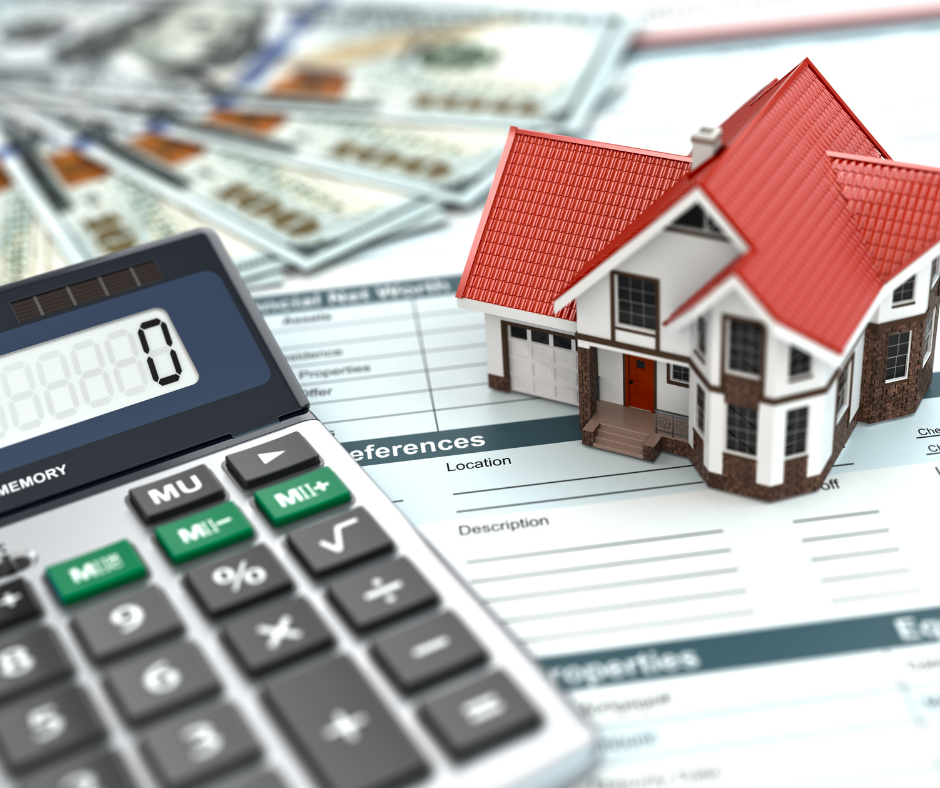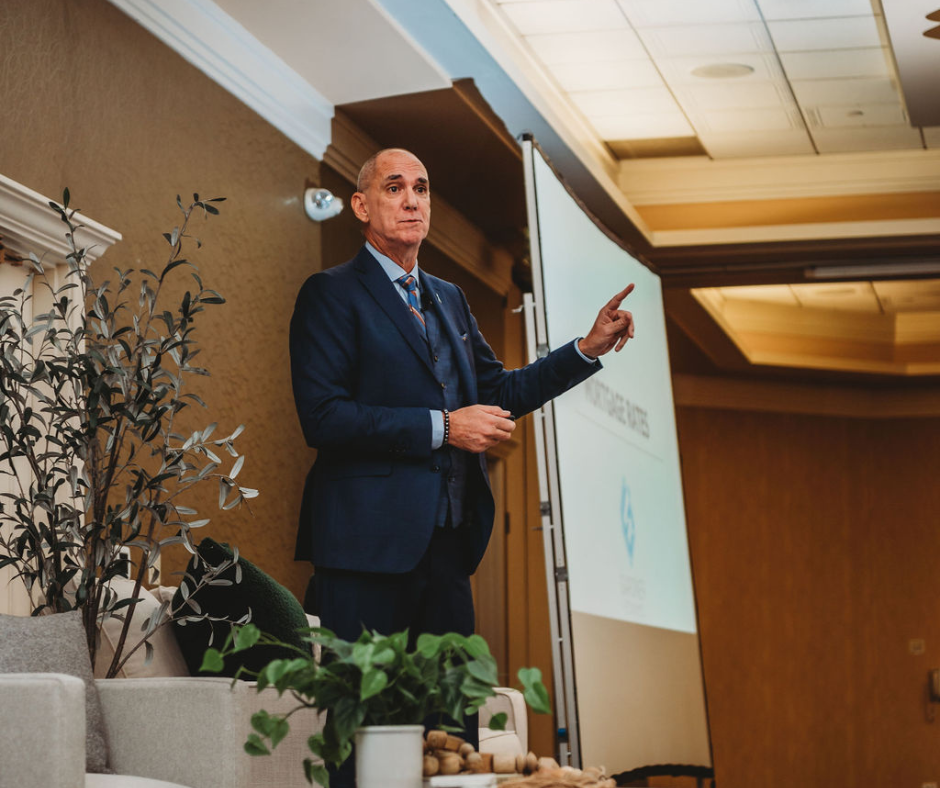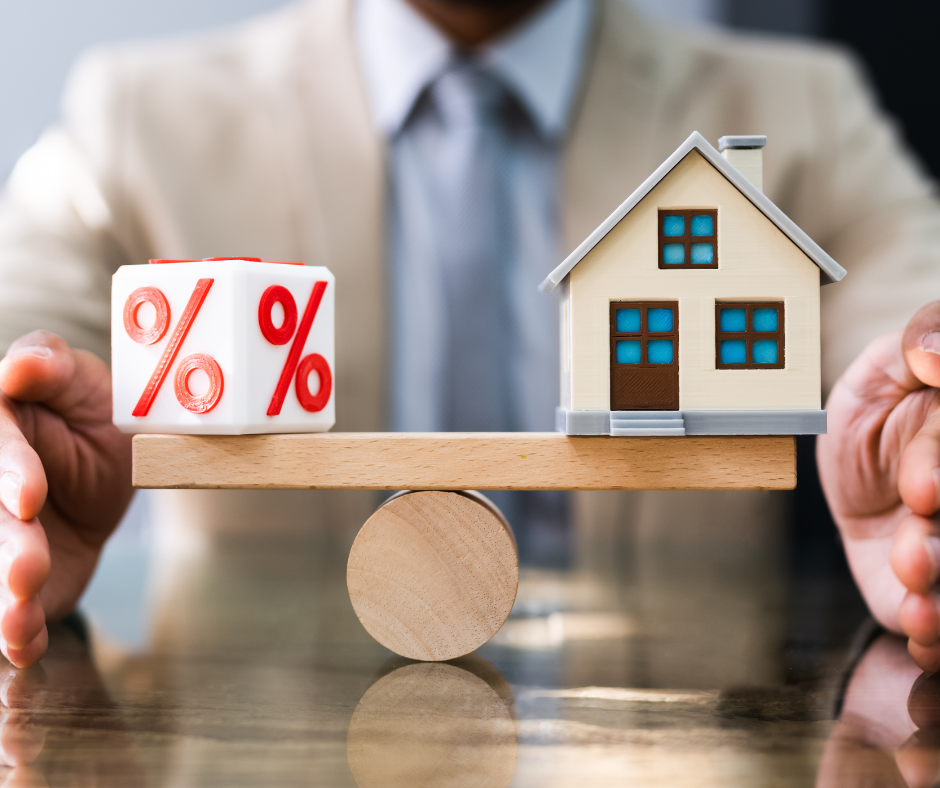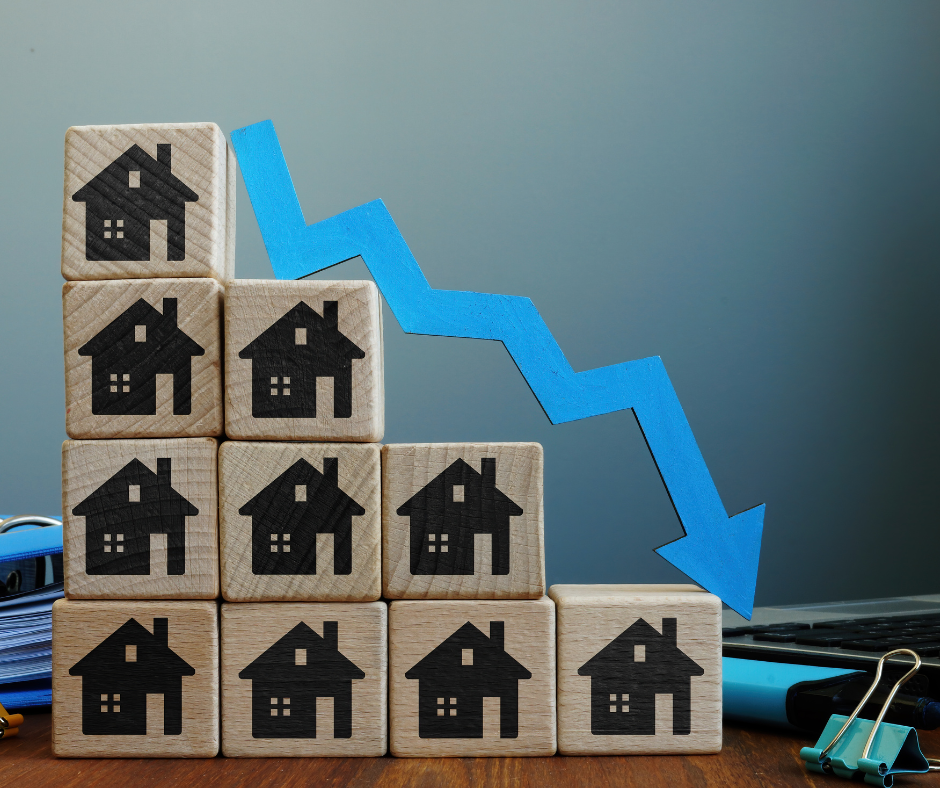FRIDAY FUN FACTS – Does the Federal Reserve affect Mortgage Rates?


The federal funds rate and mortgage rates are both types of interest rates, but they operate differently. The Fed directly controls the federal funds rate, which primarily influences short-term interest rates, while mortgage rates are determined by lenders based on long-term bond yields and various economic factors like inflation and market demand. This means that while both rates can move in the same direction, they don’t always do so. For instance, when inflation rises, mortgage lenders may increase rates to protect their returns, even if the Fed lowers its rate. This nuanced relationship reflects differing priorities: the Fed balances inflation with job market stability, while lenders focus on the erosion of their future payments. Historical data supports this divergence, illustrating that Fed rate changes don’t consistently correlate with mortgage rate adjustments.
Friday Fun Facts – It’s All About the FED


You may have heard that the Federal Reserve Board (FED) is meeting next week – so what does that mean? Think of the Fed lowering interest rates like a store putting items on sale. When prices drop, people are more likely to buy things. Similarly, when the Fed reduces interest rates, borrowing money becomes less expensive. This encourages people to take out loans for homes, cars, or businesses, and helps boost the economy by making it easier and more appealing to spend and invest. It’s like making the cost of borrowing money more affordable, which gets things moving!
15-Year Mortgages

Interest rates have leveled off at around 7% over the last couple of months. Interestingly, the 15-year mortgage is a more reasonable 6.375% right now.
If you are looking for a lower rate and are willing to pay a higher monthly payment, this may be a good option.
The other benefit of a 15-year mortgage is that more of your payment is going toward the principal of your loan. So, on a $400,000 loan, you would reduce your principal loan amount by $16,500 in the first year of your loan.
This compares to a reduction of only $4,000 on a 30-year mortgage during that same period. If you can swing the higher payment, this may be the way to go.
Mid-Month Check-In

Here is a look at the Northern Colorado market halfway through June compared to the same time last year.
Inventory is climbing at a healthy rate in both Larimer and Weld County giving more options for buyers.
Larimer County inventory is up 18% and Weld’s is up 13%.
Meanwhile, sales are down slightly which is not surprising because interest rates have been slightly elevated until very recently.
These two factors have caused months of inventory to increase. But, this very important statistic is still measuring below 3 months in both Larimer and Weld Counties, demonstrating there is sufficient demand for the current supply.
More Powerful

As the saying goes, Superman is more powerful than a steaming locomotive (and able to leap tall buildings in a single bound)!
In real estate, supply and demand is more powerful than interest rates (and able to push price appreciation year after year)!
The fact that prices keep rising in Northern Colorado, even though interest rates are over 7%, is because of one factor- supply and demand.
Supply and demand is most easily measured by months of inventory which considers how long it would take to sell the current inventory at the current pace of sales.
Larimer County has just over two months of supply. Weld County has just under two months.
Fundamentally, while months of inventory stays below four months, prices are pretty much guaranteed to keep going up.
Forecast Takeaways

Here are some of the big takeaways from our annual Market Forecast with Economist Matthew Gardner:
- Interest rates will continue to trend down during the year and reach 6.08% by the end of 2024.
- Home prices will have another year of modest gains increasing 2.0% to 2.5% in Northern Colorado
- 53% of homeowners in Larimer County and 38% of homeowners in Weld County are “Equity Rich” meaning that they have at least 50% equity in their homes.
- Inventory levels will increase in 2024 but will remain below normal which protects prices from any sort of major decline
To receive a copy of the full slide deck from the Forecast, feel free to reach out to us!
No Drop

The numbers are in and it turns out that not even 8% rates could make prices drop in 2023.
When mortgage rates jumped this last year, many people believed that home values would fall as a result.
The fact that prices stayed flat in 2023 even though interest rates doubled between March 2022 and October 2023, shows that values along the Front Range are incredibly resilient.
Here are the 2023 average prices along the Front Range and their change compared to 2022:
Larimer County: $621,538 / 1%
Weld County: $527,600 / 1%
Metro Denver: $679,710 / 0%
Larimer Resilience

To see the resilience of the Front Range market, look no further than Larimer County.
The average price for closed single-family homes in the month of July was $724,000.
This is only the third time in history Larimer County has exceeded $700,000 for average price in a month.
July’s average price is a whopping 12% higher than February’s average price which was $646,000.
A 12% difference in just a few months is significant in any market.
What makes this increase especially significant is that interest rates have been above 6.5% the entire time.
Higher rates did not keep prices from going higher.
Rate Prediction

Our Chief Economist, Matthew Gardner predicts that interest rates will hit 5.4% by the end of 2023.
His prediction is aligned with most expert real estate economists.
While rates will continue to bounce up and down as the year goes on, the general trend will be lower rates.
This prediction is mainly based on the Fed tempering their increases as inflation starts to ease in the second half of the year.
Because of this prediction, we see housing demand increasing as rates decrease throughout the year.
 Facebook
Facebook
 X
X
 Pinterest
Pinterest
 Copy Link
Copy Link
